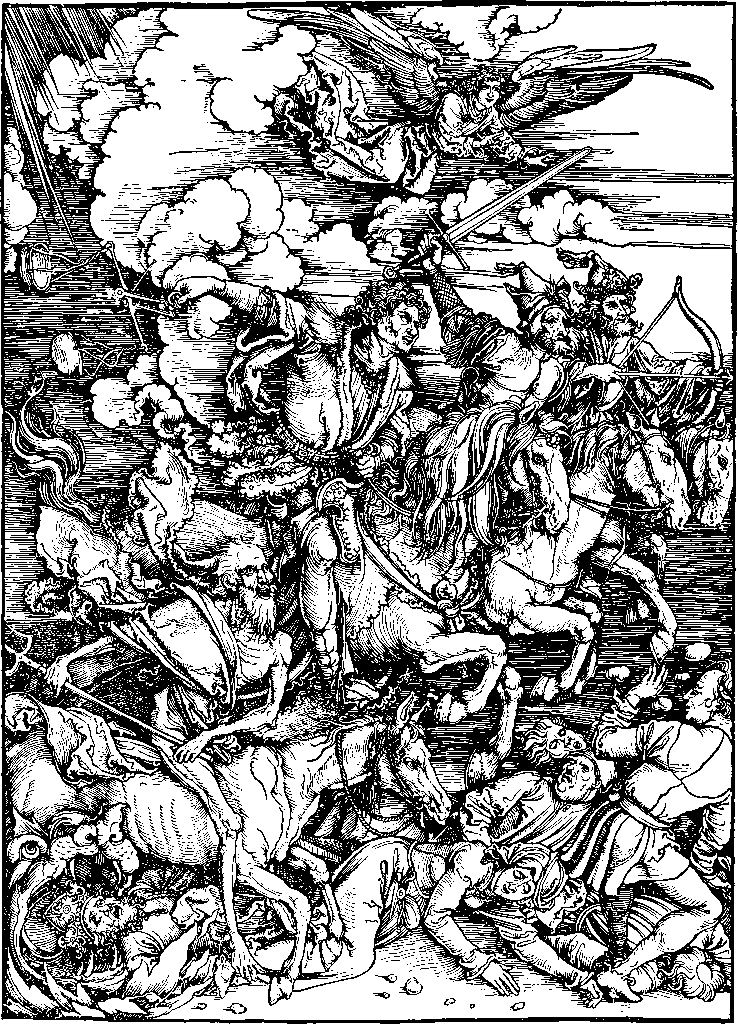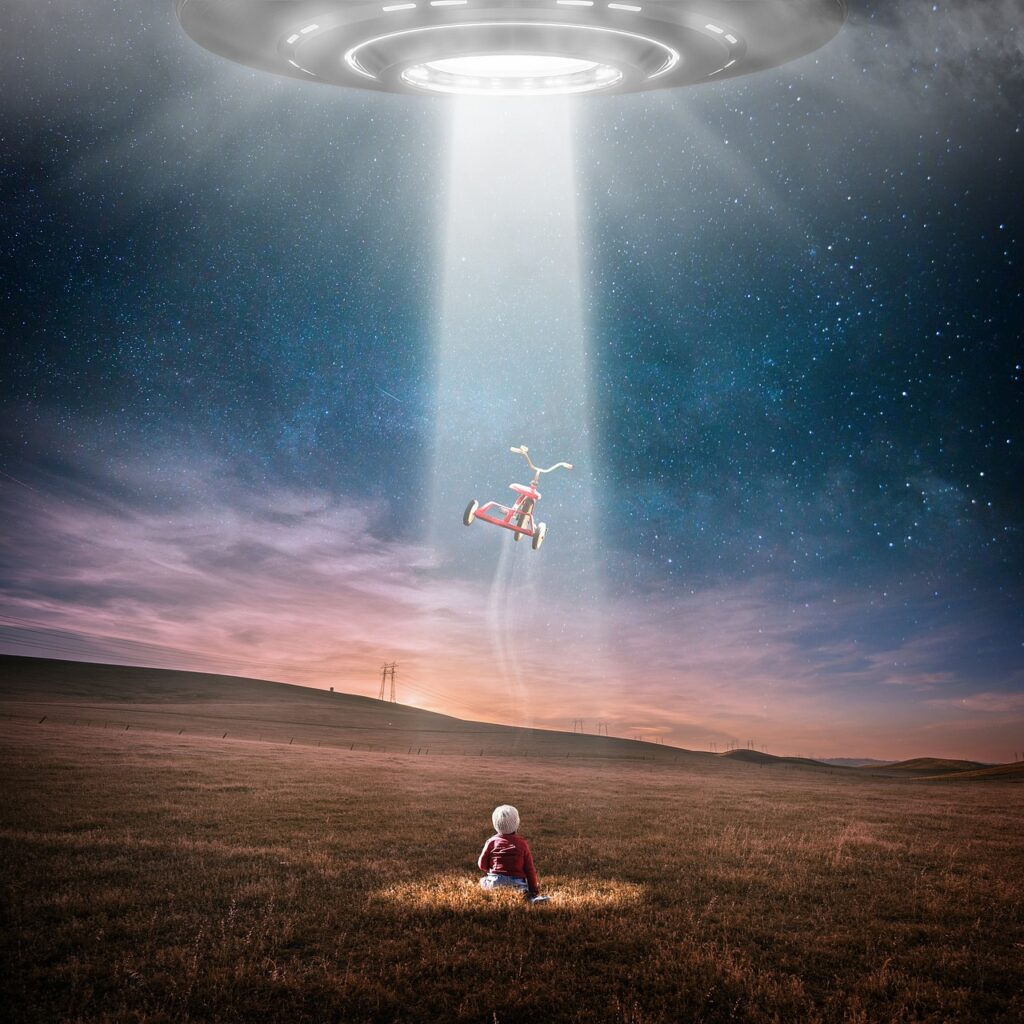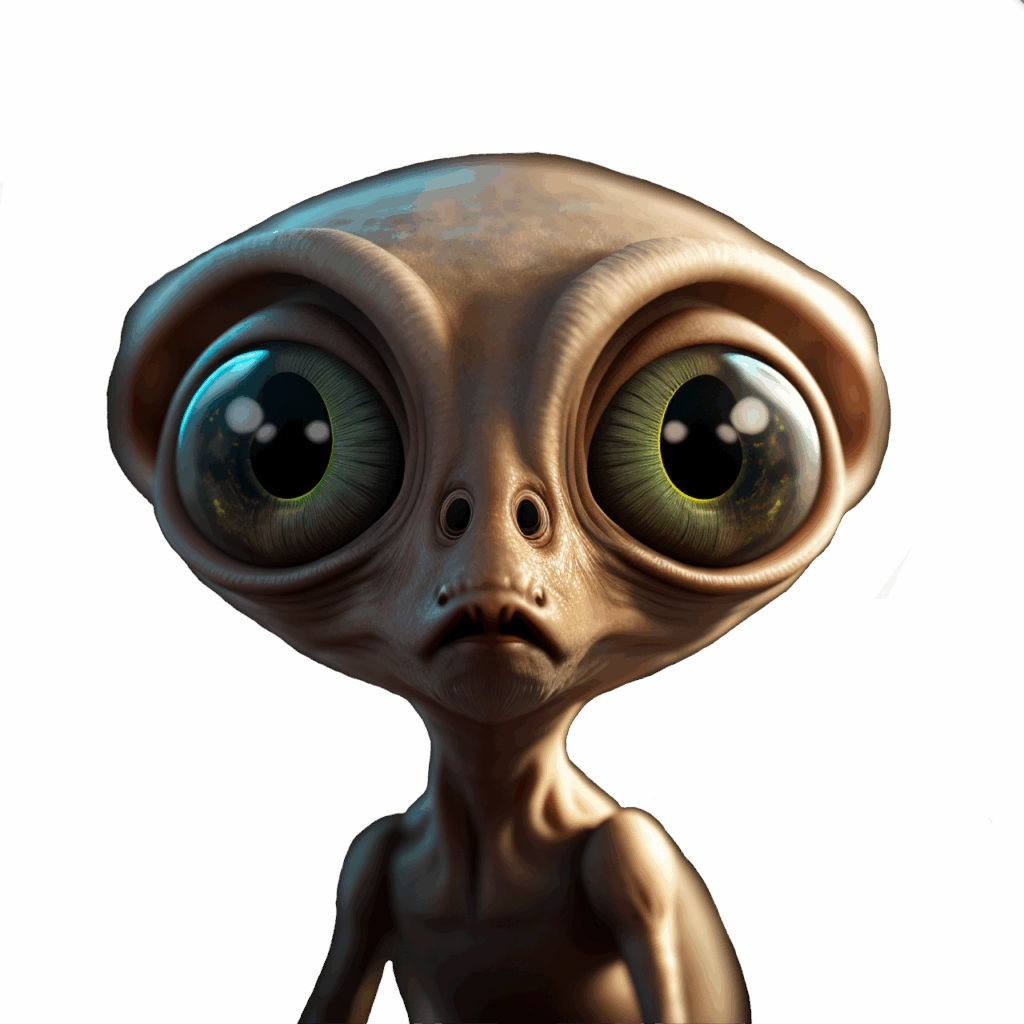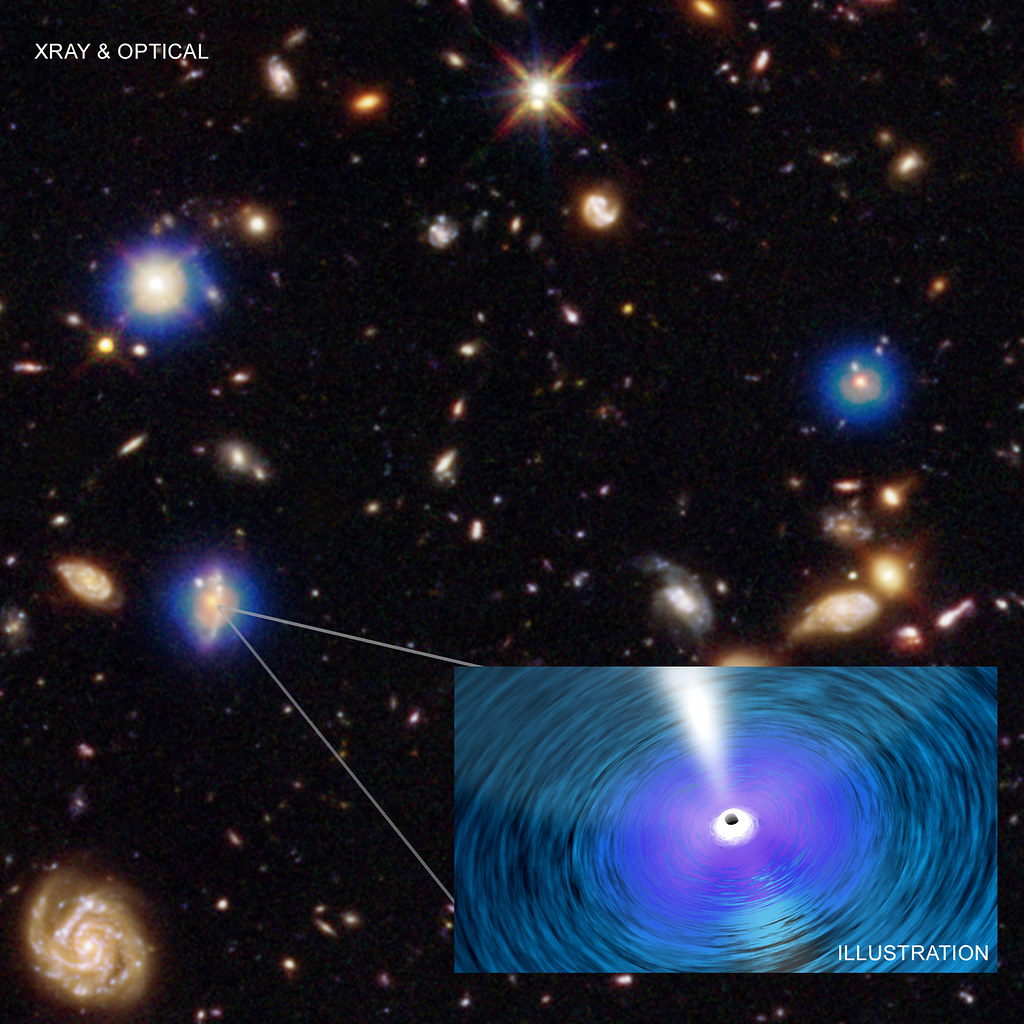Movies are incredible. They transport us, introduce unforgettable characters, and sometimes, make us think deeper. But what if the story you knew had a hidden layer? What if everything about your favorite films was just scratching the surface, with secret meanings or alternate realities lurking beneath?
That’s the magic of fan theories! Once released, a movie belongs to all of us, inviting speculation about hidden messages and unsaid meanings. These theories, from the bizarre to the plausible, completely transform how you view a cinematic masterpiece.
We’ve scoured online discussions to bring you some of the most unusual and mind-blowing fan theories. Get ready, because after hearing these, you probably won’t see these movies the same way again. Prepare for your mind to be totally blown as we dive into wild interpretations!
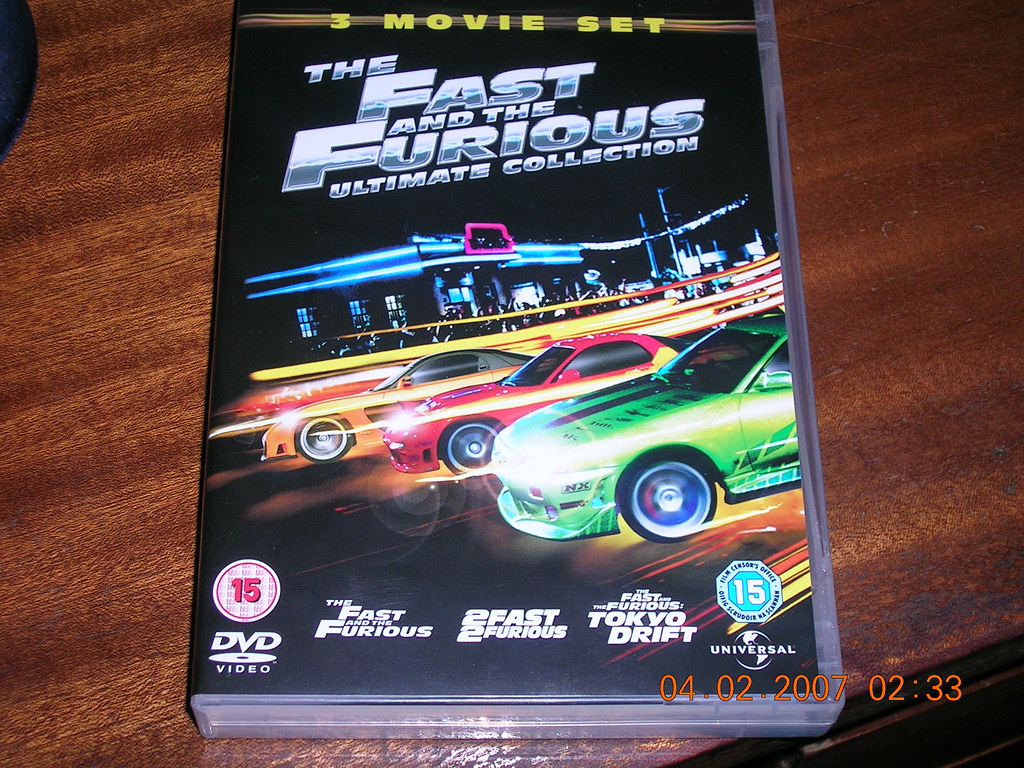
1. **Fast and the Furious: Dungeon and Dragons?**If you thought The Fast and the Furious franchise was just about illegal street racing, heists, and muscles, Redditor DoktorDemento suggests you’re wrong. This wild theory posits the entire saga is an epic Dungeons and Dragons quest, with director Justin Lin as the Dungeon Master. It’s an out-of-the-box perspective rethinking every nitrous boost and gear shift.
The theory originated from noticing “how low-key everything was” in early films compared to later, more bombastic entries. This progression suggests a “levelling up” as cars are modified, akin to adventurers gaining power.
Characters don’t grow much, but their vehicles evolve with enough personality to carry the series. This leads to the amusing question: are these movies essentially the story of a high school AV club gone spectacularly wrong, reimagined through a tabletop fantasy game? It adds a new layer to those high-octane chases.
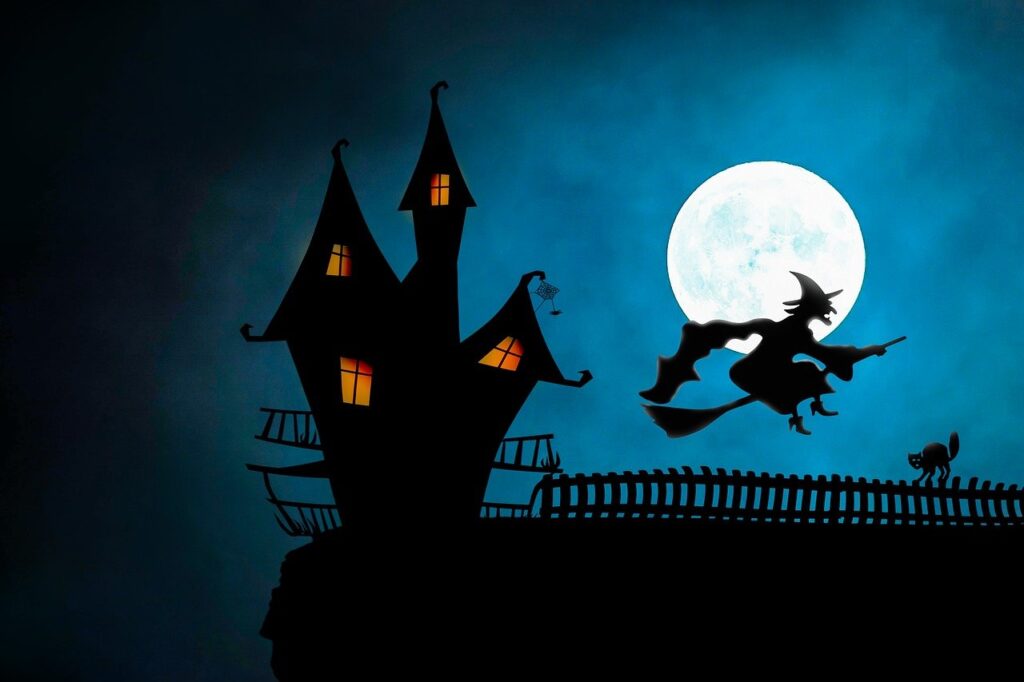
2. **The Witch: No witches**The chilling horror flick, The Witch, tells of a Puritan family confronting the supernatural. Or does it? Redditor secretly_an_alpaca suggests there are no actual witches. This theory argues the family’s ordeal is a tragic culmination of succumbing to harsh elements, starvation, and guilt, offering a grounded explanation.
Key evidence: witch and Black Phillip appearances coincide with Thomasin sleeping, implying hallucinations. Shared family hallucinations could stem from ergotism or food poisoning, supported by a scene lingering on their bread consumption.
This reinterprets pivotal moments. Caleb’s witch encounter could be hypothermia; disappearances of the baby and twins, the grim reality of wolves. Black Phillip might just be a goat. It’s a theory that helps us live a little more deliciously, even if it strips away overt magic.

3. **The Shining is Kubrick’s apology for staging the Lunar Landing**Break out the tin foil hats! This wild theory posits Stanley Kubrick’s The Shining is a coded apology for supposedly faking the Apollo 11 lunar landing footage. It’s an elaborate interpretation connecting details into a stunning conspiracy.
The theory hinges on Danny Torrance’s discovery of Room 237. Fans point to a hallway carpet reflecting NASA launch sites and Danny’s Apollo 11 sweater “lifting off” towards the room. The number 237, changed from 217, supposedly represents the 237,000 miles to the moon during filming.
Further ‘proof’ includes a TV visibly unhooked, allegedly illustrating the lunar landing as a facade. Jack Torrance’s encounter with the transforming woman in Room 237 is interpreted as Kubrick admitting he was happy to stage the landing until realizing its deceptive nature.

4. **Signs was about demons, not aliens**In a film featuring tinfoil hats, here’s a theory about Signs. What if the invaders weren’t aliens, but demons? This theory applies a demon analogy to the otherworldly beings plaguing Mel Gibson’s family.
In a film featuring tinfoil hats, here’s a theory about Signs. What if the invaders weren’t aliens, but demons? This theory applies a demon analogy to the otherworldly beings plaguing Mel Gibson’s family.
Consider the invaders’ lack of advanced tech beyond mysterious lights. If capable of interstellar travel, why be allergic to water on a water-covered planet? The “invasion” drove thousands to religious buildings for safety—a proper haven from demons.
Crucially, the demon wasn’t hurt by H2O alone; the water was blessed. Gibson’s daughter consistently leaves half-full glasses of water. His description of her birth as holy implies she unknowingly blessed these cups, leaving holy water everywhere. The world wasn’t fighting aliens, but a demonic incursion with blessed defenses.
Read more about: The Curse of the Sequel: Why These Iconic Movie Franchises Crumbled Under the Weight of Ambition and Greed
5. **Mad Max is one of the Four Horsemen of the Apocalypse**Max Rockatansky, hero of Mad Max: Fury Road, represents Death, one of the Four Horsemen of the Apocalypse. Redditor EldarCorsair argues each major warlord also represents a biblical figure, adding an allegorical layer.
Warlord Immortan Joe embodies Pestilence, with his sick people and control over water, portraying him as a false healer or conqueror. The Bullet Farmer, firing indiscriminately, represents War. The People Eater, huge and gluttonous, symbolizes Famine, hoarding resources.
As for Death? That’s Max. He brings death wherever he traverses the wasteland, haunted by family deaths. His first scene shows him bringing death to a lizard. Death is on Furiosa’s side, and her mission succeeds. When Max confronts the Bullet Farmer, we assume he destroys everything, proving him an inexorable force of nature.

6. **Jar Jar Binks is a Sith Lord**”Darth Jar Jar” remains one of the most debated movie theories. Many believe the bumbling Gungan from Star Wars: The Phantom Menace is actually a powerful, cunning Sith Lord. As ridiculous as it sounds, the evidence presented is surprisingly compelling, making it an enduring fan theory.
“Proof” includes Jar Jar’s miraculous combat survival and prowess in the Naboo battle, raising questions about his “luck” being hidden Force abilities. Parallels are drawn to Yoda’s initial silly persona. Jar Jar uses subtle Force-like gestures, notably influencing the Senate to grant emergency powers to Palpatine—perfectly positioning Palpatine’s rise.
Connections: Palpatine and Jar Jar, both from Naboo, are seen together at Qui-Gon Jinn’s funeral and in Episode III. Jar Jar also shows prescient awareness of Anakin and Obi-Wan’s arrival in Episode II, waiting by an elevator as if knowing they’re coming. This theory makes you look at every “mesa” and “yousa” with a new, sinister eye.
7. **Ferris Bueller is Cameron’s imagined alter ego**Ferris Bueller’s Day Off seemed a delightful 80s high school movie, but some fans believe it has a deeper psychological meaning. This theory posits Cameron, the reluctant sidekick, suffers from multiple personality syndrome, making him both Cameron and Ferris.
In this interpretation, Ferris Bueller isn’t real, but Cameron’s imagined alter ego, like Tyler Durden in Fight Club, only Ferris fancies mischief. This is supported by Ferris’s uncanny ability to know Cameron’s thoughts, even when apart, suggesting an internal connection.
The shared hooky day further strengthens the idea they are manifestations of the same psyche. Ferris’s mission to draw out genuine reactions from the stoic Cameron can be seen as the adventurous persona coaxing spontaneity from his repressed self. This transforms a lighthearted romp into a poignant exploration of identity.
8. **Terence Mann was a ghost in Field of Dreams**If you build it, a fan theory will come! That’s exactly what happened with the beloved classic *Field of Dreams*. Remember James Earl Jones as the reclusive author Terence Mann? Well, what if he wasn’t just a living, breathing character, but a spirit with unfinished business, just like all the baseball legends who appear in Ray Kinsella’s cornfield? It’s a truly haunting, yet beautiful, thought.
The theory suggests Mann was dead the whole time, much like the summoned ghosts of the Chicago White Sox past. Ray Kinsella, our farmer protagonist, is guided by voices and visions to build a baseball diamond that calls spirits to play. Mann, a writer whose books are banned, harbored an unfulfilled ambition to play baseball. He’s invited to join the supernatural fun, culminating in his exit through the cornfield with the resurrected players.
This interpretation posits that Mann, too, was a spirit seeking resolution, drawn to Ray’s field for his own form of redemption. His final walk into the cornfield with the spectral players isn’t his death, but rather his ultimate ascension, his purpose fulfilled. It adds another layer of magic and melancholy to an already deeply emotional film, making you wonder about every character’s true nature.
Read more about: Reel Athletes: Exploring Iconic Performances by Actors in Sports Movies
9. **Heath Ledger’s Joker is a war veteran**Heth Ledger’s portrayal of the Joker in 2008’s *The Dark Knight* is legendary, earning him a posthumous Oscar and cementing his place in cinematic history. But what if his chaotic genius and unsettling demeanor weren’t just a byproduct of pure madness, but rather a dark echo from a past life as a soldier? Many fans believe the Joker is, in fact, an Iraq war veteran, and the evidence is surprisingly compelling.
This theory offers a chilling explanation for his facial scarring, suggesting they could be combat injuries. It also sheds light on his tortured psyche, which could be attributed to post-traumatic stress or the brutal realities of war. Think about his tactical brilliance: his ability to put elaborate plans into motion, his uncanny familiarity with explosives, and his expert handling of firearms – these are all skills honed in a military environment, not just by a random criminal.
Perhaps the most explicit piece of “proof” comes from a conversation with Harvey Dent. The Joker expresses disgust at people’s lack of attention when “a truckload of soldiers” gets blown up. This isn’t just a throwaway line; it hints at a personal connection to military life and a deep-seated resentment for the public’s indifference to such sacrifices. This theory doesn’t just give the Joker a backstory; it makes his nihilism feel tragically earned.
Read more about: Beyond the Headlines: 12 Supporting Performances That Blew Us Away and Deserved Every Single Award!

10. **Hogwarts is all in Harry Potter’s head**Okay, we know what you’re thinking: “Come on, saying it was all a dream is a cop-out!” And usually, we’d agree. You could apply “it’s all in their head” to almost any story. But hear us out on this one for the *Harry Potter* series, because the context actually makes it quite poignant and, dare we say, plausible. It adds a whole new layer of emotional depth to our favorite wizarding world.
Consider Harry’s starting circumstances: alone, friendless, oppressed, and literally locked inside a cupboard under the stairs by his abusive relatives, the Dursleys. If you were a child in that situation, wouldn’t you want to invent a magical alternate reality? A world where you’re not just important, but *the* most important person, destined for greatness, surrounded by loyal friends and wise mentors?
This theory suggests that Hogwarts, Hermione, Dumbledore, and all the incredible adventures are figments of Harry’s imagination. They’re a powerful coping mechanism, designed to help him endure the suffering inflicted by the Dursleys. It transforms the fantastical journey into a heart-wrenching internal struggle for survival and identity, making every triumph and challenge a testament to the human spirit’s resilience against unimaginable hardship. It’s a bittersweet lens through which to view the saga.
Read more about: Beyond the Silver Screen: Major Harry Potter Characters Book Fans Know That Moviegoers Missed

11. **Doc Brown has a death wish**”Great Scott!” This one might just flip your perception of *Back to the Future*’s eccentric genius, Dr. Emmett Brown. We all remember the iconic scene where Doc stands directly in the path of the speeding DeLorean, only to be saved by its jump back in time. It seems like a close call, a moment of pure scientific dedication, but what if his true, underlying goal was something far more desperate: to get himself killed?
This wild theory posits that Doc Brown’s relentless focus on his experiments, particularly time travel, wasn’t just about scientific discovery. It was a veiled attempt at self-destruction, an elaborate, almost theatrical way to shuffle off the mortal coil. Sure, there are easier ways to, uh, “check out,” but for a mind like Doc’s, perhaps only a grand, universe-altering experiment would suffice for an exit strategy.
If this theory holds water, it completely recontextualizes Doc’s journey throughout the films. He begins as an aging outsider, teetering on the edge of madness, with no family and few friends – a truly lonely existence. Discovering time travel and, more importantly, forming a bond with Marty McFly, gives him a reason to live after all. It adds a warmer, more profound glow to the ending, suggesting he found not just a scientific breakthrough, but a reason to embrace life itself.
Read more about: Unmasking the Pedestal: 15 Revered Historical Figures Whose Dark Sides Will Shock You

12. **Jurassic Park’s dinosaurs aren’t real**Hold onto your butts, because this next theory might just shatter your childhood memories of *Jurassic Park*. We all know the iconic dinosaurs were brought back to life using ancient DNA, spliced with frog genes to fill the gaps. That’s the story John Hammond, the park’s overlord, told us. But what if the whole thing was a grand, elaborate cover-up for a different, far more sinister experiment?
This theory suggests that there was never any dinosaur DNA involved at all. Instead, Hammond was running a Dr. Moreau-style lab, creating “elaborate fakes” that *looked* like dinosaurs. Imagine, instead of genetic resurrection, he was secretly engineering monstrous, synthetic creatures to populate his theme park. It’s a dark twist that takes the blockbuster thrills and adds an unsettling, deeply sinister undertone.
Why would he do this? Perhaps the real dinosaur DNA was too unstable, or too difficult to acquire, leading Hammond to pursue a more “hands-on” approach to his creations. This reimagining of the park’s origins doesn’t lessen the excitement or danger of the films, but it makes Hammond’s ambition and hubris even more chilling. It forces us to question the very nature of what we’re seeing on screen – are these truly ancient beasts, or something far more artificial and manufactured?
13. **E.T. is a Jedi**The adorable alien E.T. from *E.T. the Extra-Terrestrial* has a heartwarming connection with young Elliott, using his unique abilities to help and communicate. But what if E.T.’s incredible powers weren’t just random alien physiology? What if he was actually… a Jedi? This theory bridges two beloved cinematic universes in a way that just makes sense, especially after a couple of cool nods from both franchises.
Remember the trick-or-treating scene where E.T. bumps into a kid dressed as Yoda and seems to recognize him? That’s not just a cute Easter egg, say fans. Decades later, *E.T.* got his own brief shout-out in the *Star Wars* prequels, with a few of his species making a cameo in one of those Galactic Senate meetings. These cross-universe connections aren’t just coincidences, they’re clues!
Given that the *Star Wars* saga takes place “long, long ago in a galaxy far, far away,” it’s totally plausible that E.T. didn’t just know Yoda – he might have *been* a Jedi himself! His telekinetic abilities, like making Elliott’s bike fly and healing injuries, perfectly align with Force powers. This theory transforms E.T. from a lost alien into a powerful, compassionate Force-wielder on a secret mission, making his bond with Elliott feel even more cosmically significant.
Read more about: The Ultimate Hunt: 9 Mind-Blowing Movie Easter Eggs You Definitely Missed (And Need to See Now)
14. **The Rock is a secret James Bond movie**Sean Connery as an ex-intelligence officer, locked away and erased from official records after outliving his usefulness. Sound familiar? For many fans, the character of James Mason in *The Rock* isn’t just *like* James Bond; he *is* James Bond. This fan theory argues that Michael Bay’s action-packed thriller is actually a covert, uncredited James Bond movie, and it makes so much sense you’ll wonder why you never saw it before.
The movie describes Mason as a highly trained ex-intelligence officer. He’s got the sophisticated charm, the ruthless efficiency, and the undeniable Connery swagger – all hallmarks of 007. The narrative perfectly aligns with what we know about how governments operate in countless spy thrillers: assets that become too dangerous or know too much are often cut loose, or in Mason’s case, imprisoned and effectively made to “cease to exist.”
Casting coincidence? Or a brilliant, meta piece of B-movie storytelling? The idea that Mason is an older, disavowed James Bond, perhaps from a post-retirement mission gone wrong, adds a layer of tragic depth to his character. It’s a delightful way to tie two iconic action legacies together, offering fans a secret sequel to Bond’s adventures, hidden in plain sight.
Read more about: Hollywood’s Real Tough Guys: Unveiling the Grit and Guts Behind the Silver Screen
So there you have it, folks! From ghostly authors and veteran villains to magical head-games and Jedi aliens, these fan theories prove that the stories we love continue to evolve long after the credits roll. They’re a testament to our collective imagination, transforming classic films into ever-unfolding puzzles and sparking endless conversations. Whether you fully embrace them or just enjoy the mental gymnastics, one thing’s for sure: you’ll never look at these movies the same way again. Now go forth, rewatch your favorites, and see what new, mind-bending insights you can uncover!


